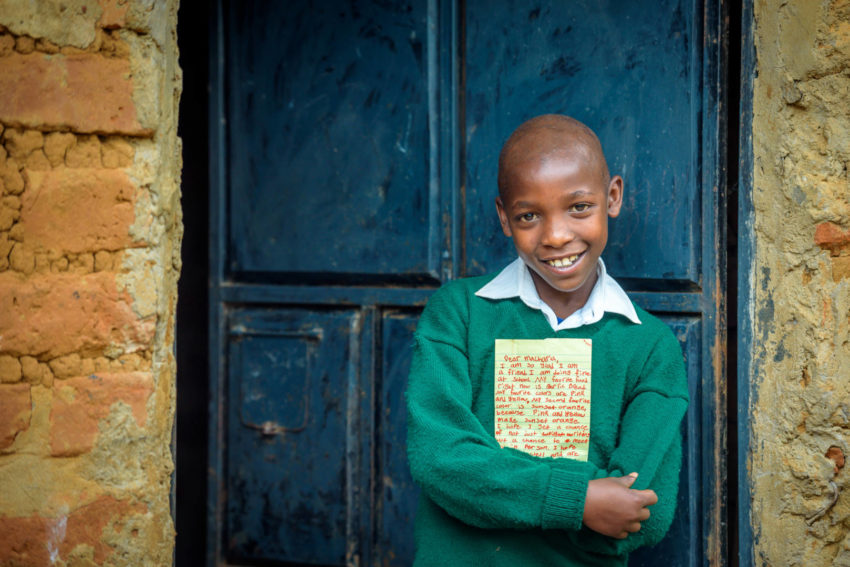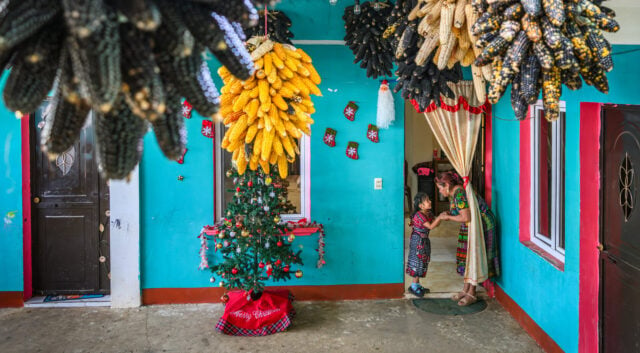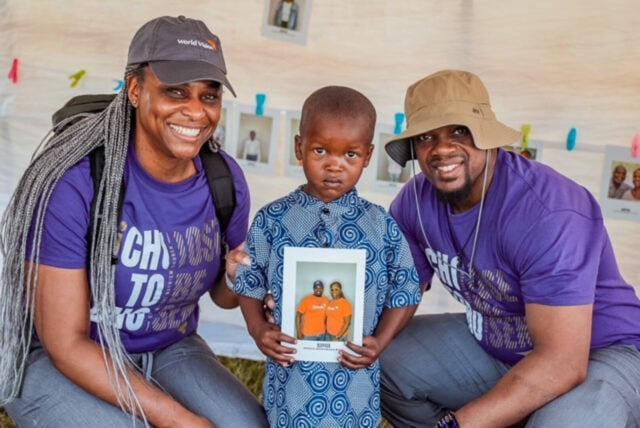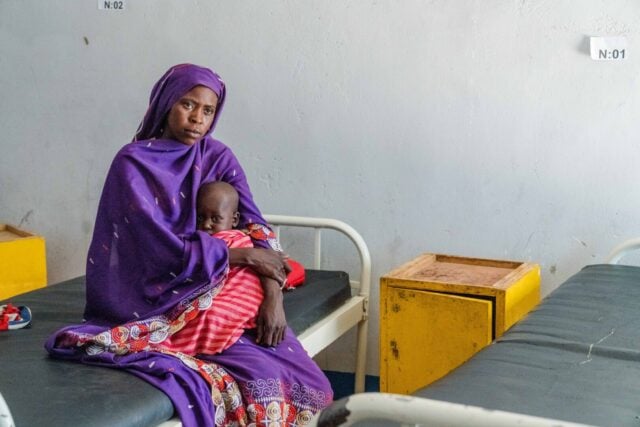One of the great joys of sponsorship is establishing a connection with your sponsored child through letter writing. But what, you might ask, are the steps involved? What happens once you mail or email your letter? Let’s take a journey to discover what happens.

The departure
With the option to email your sponsored child, a letter can be on its way around the world in no time. Sponsor Jeanne Malnati says, “I’m telling you — World Vision really makes it easy. World Vision has made it so simple for us to be able to be creative.” She’s talking about the colorful email themes available as well as suggested Bible verses.
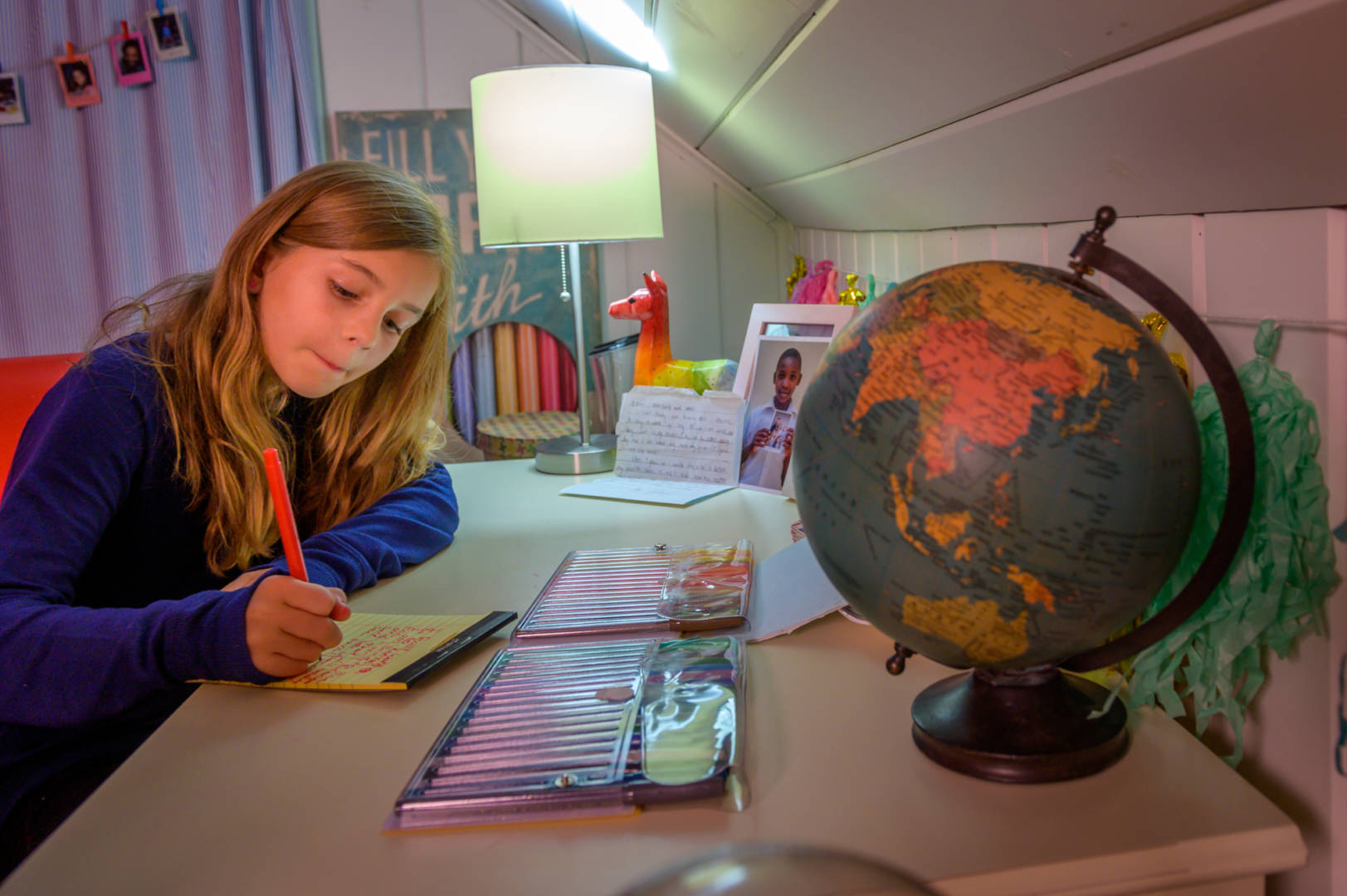
But you can always handwrite your letter and include drawings, stickers, artwork, or personal touches like family photos.
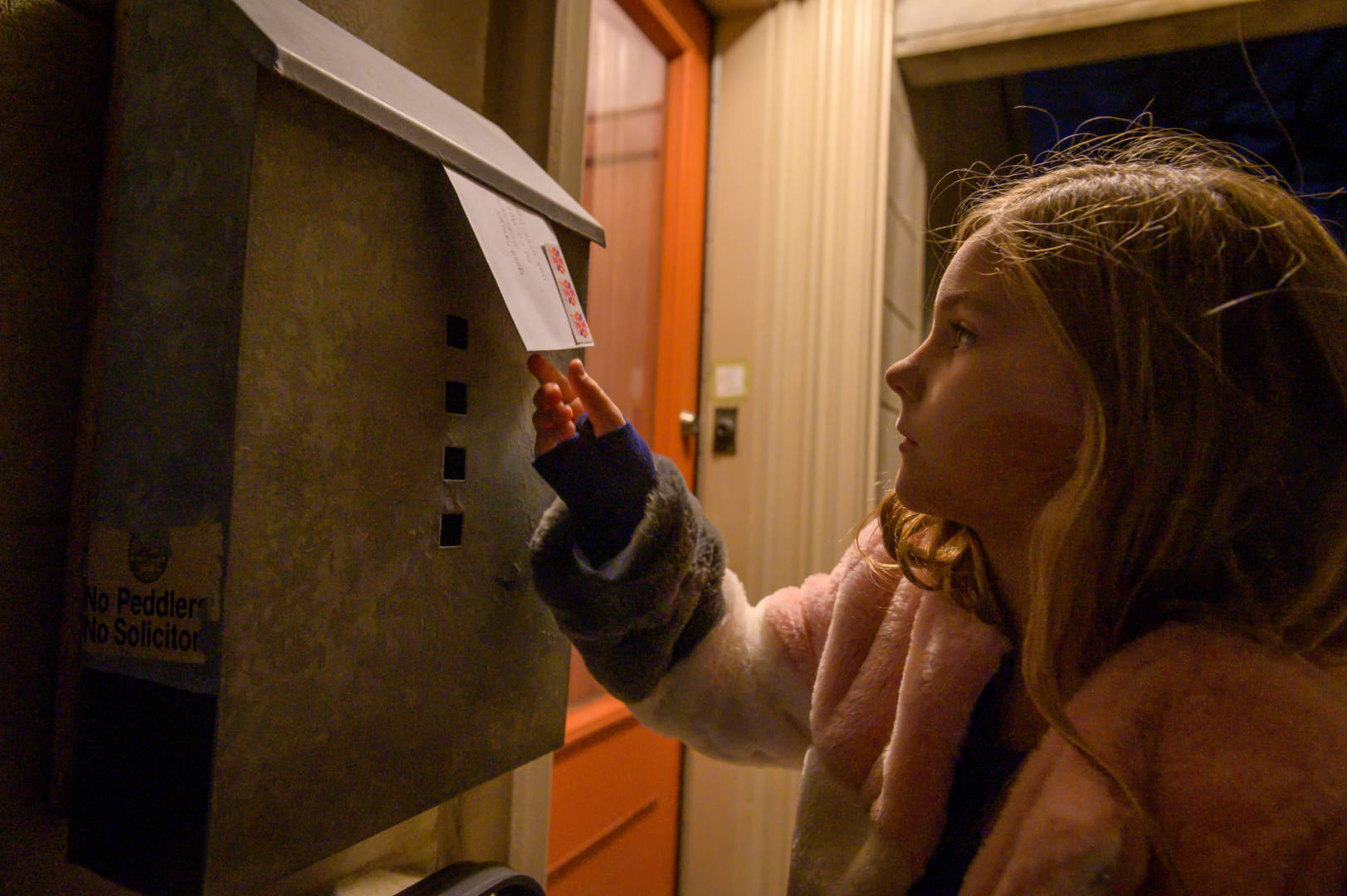
Then hit send or pop your handwritten letter in the mailbox — and the adventure begins!
The arrival
Once the letter arrives in the area where your sponsored child lives, staff members will either print out the email or open the handwritten letter.
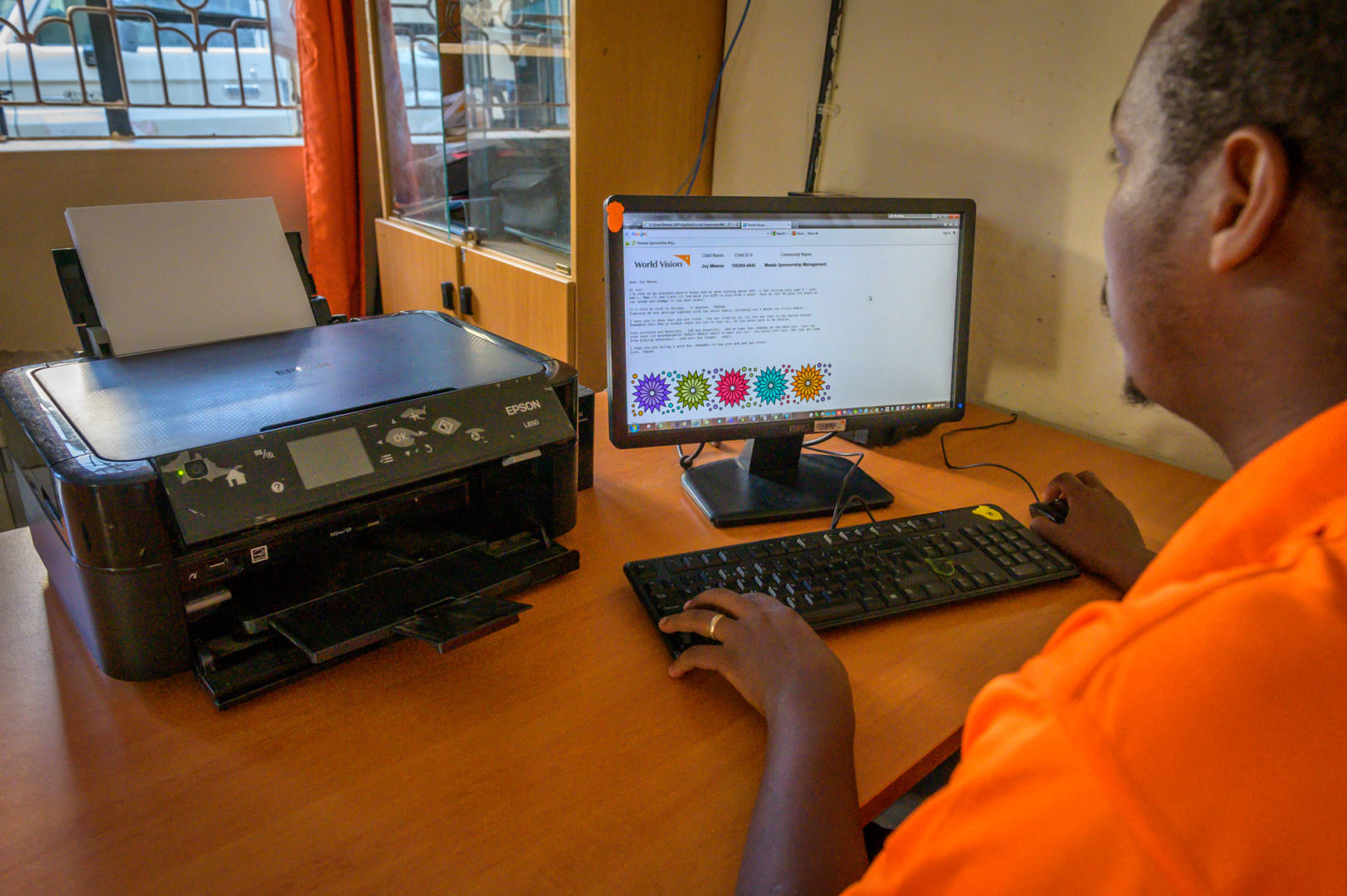
Then World Vision staff carefully translate it (if needed). They handwrite the translation in the child’s local language. But they include the original so that the child will see your original letter along with any small items you include, like stickers or photos.
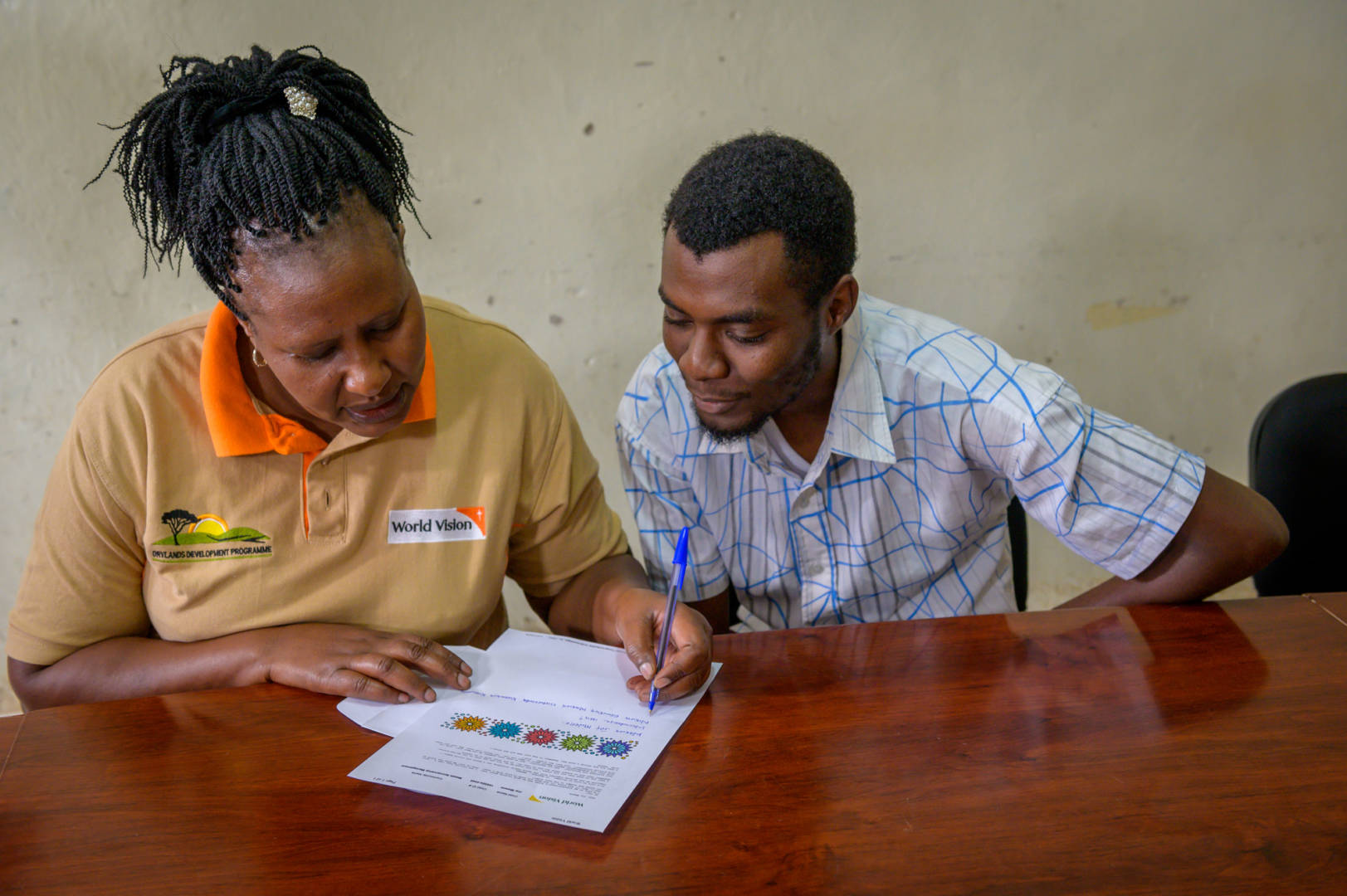
The delivery
How your letter is delivered depends on how far your sponsored child lives from the World Vision office.
Sometimes a community development facilitator walks it to the sponsored child’s home.
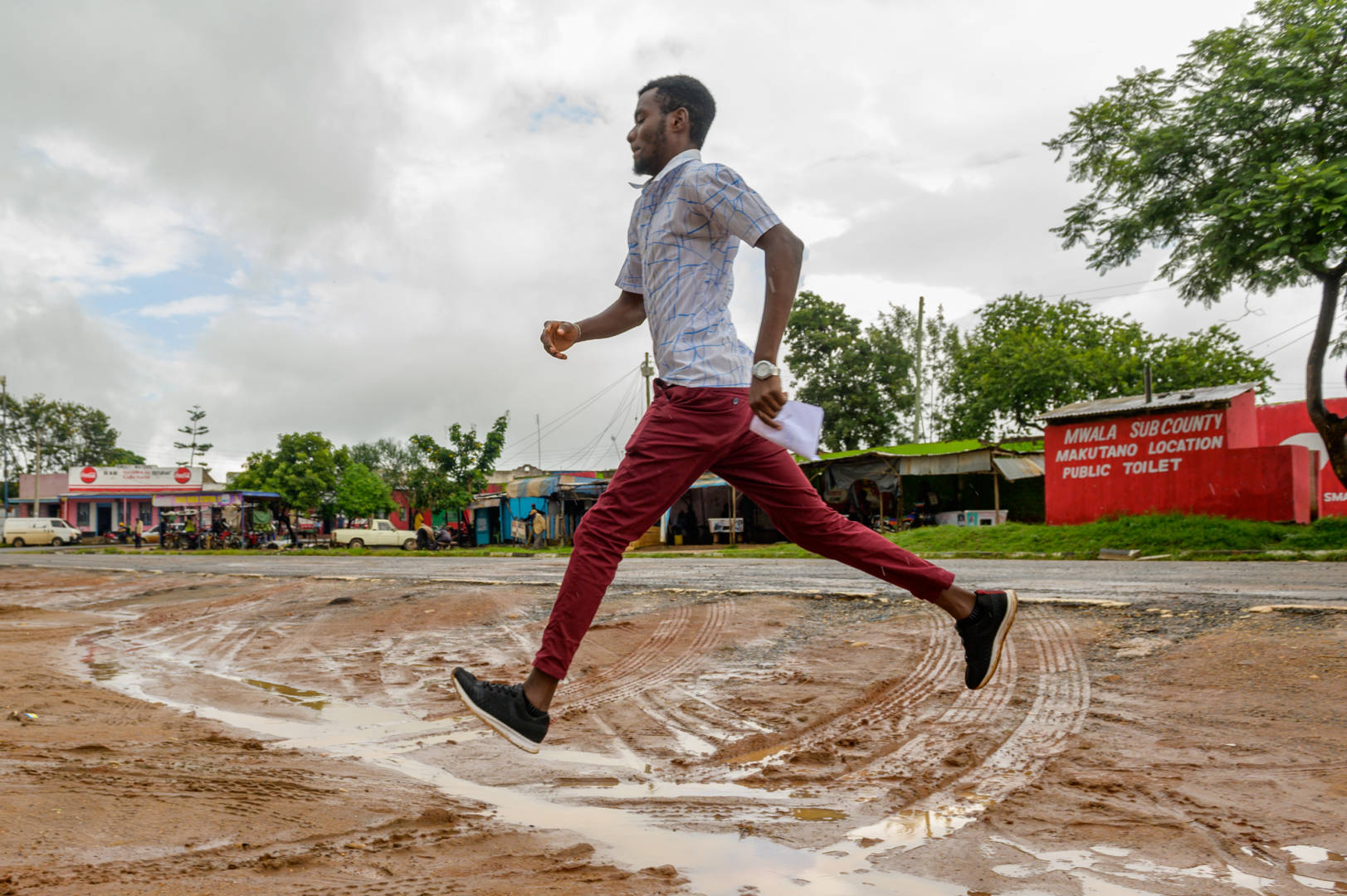
Sometimes a staff member on a motorcycle carries the letter to the sponsored child’s community.
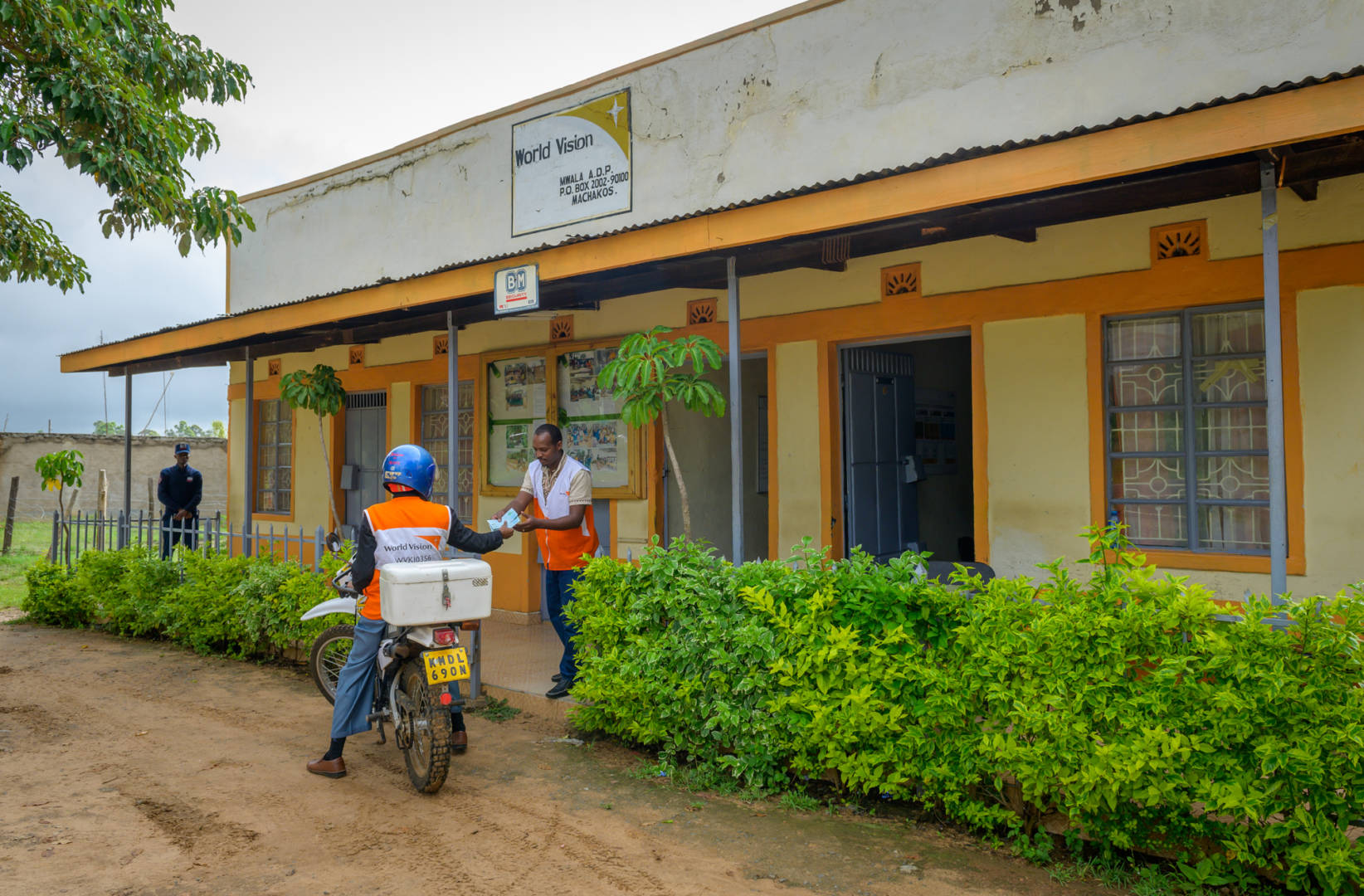
Sometimes staff need a car to bring additional support to the community, so they include the letter amid other supplies.

Once the letter arrives in the community, it goes to the local community development facilitator, who knows each of the children and where they live. He or she will make sure that the child receives the letter.
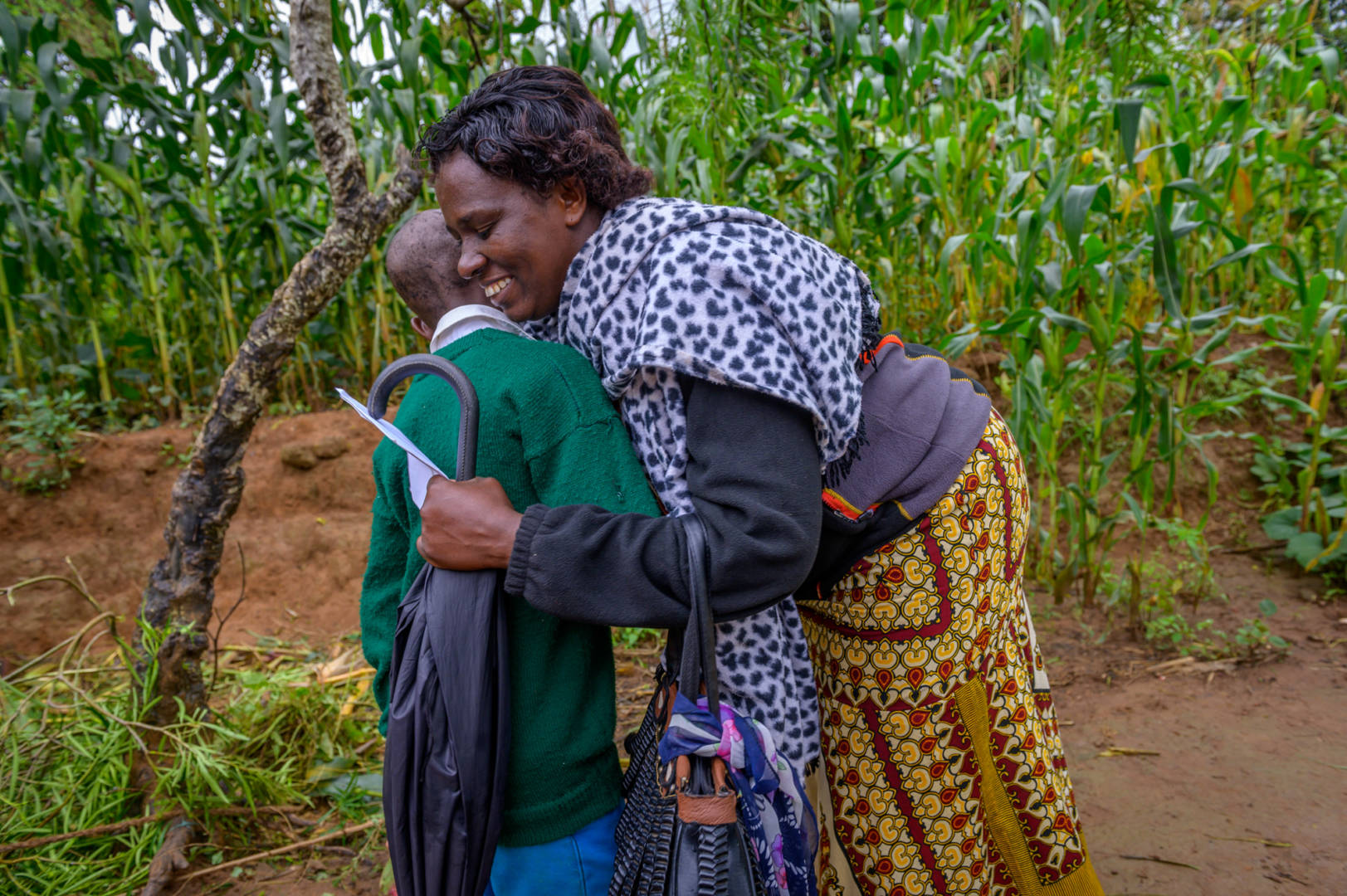
The receiving
The arrival of a sponsor’s letter is a special and exciting event for the child. Margaret Matheka, World Vision’s project coordinator for Mwala, Kenya, explains why the letters are so key: “It is important because when they receive letters from their sponsors, it brings in the connection between the child and the sponsor. They get to know more about their sponsor and what they love and sometimes they get to connect between the similar things that they like.”
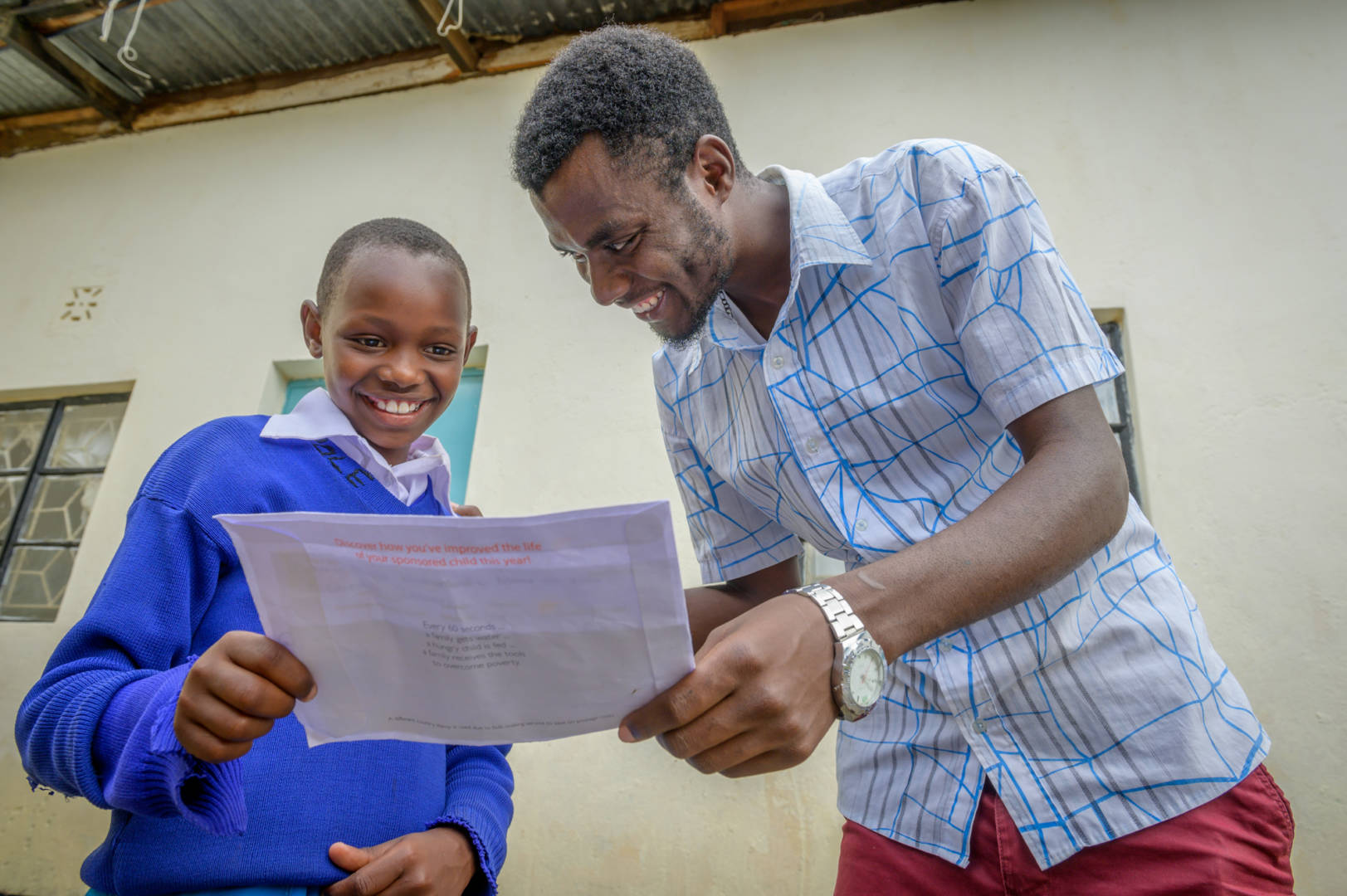
For the child and their parents, a letter makes the sponsor real. And it encourages them because they’re reminded that someone outside of the family, halfway around the world, cares about them and wants to help the community through their monthly support.
The response
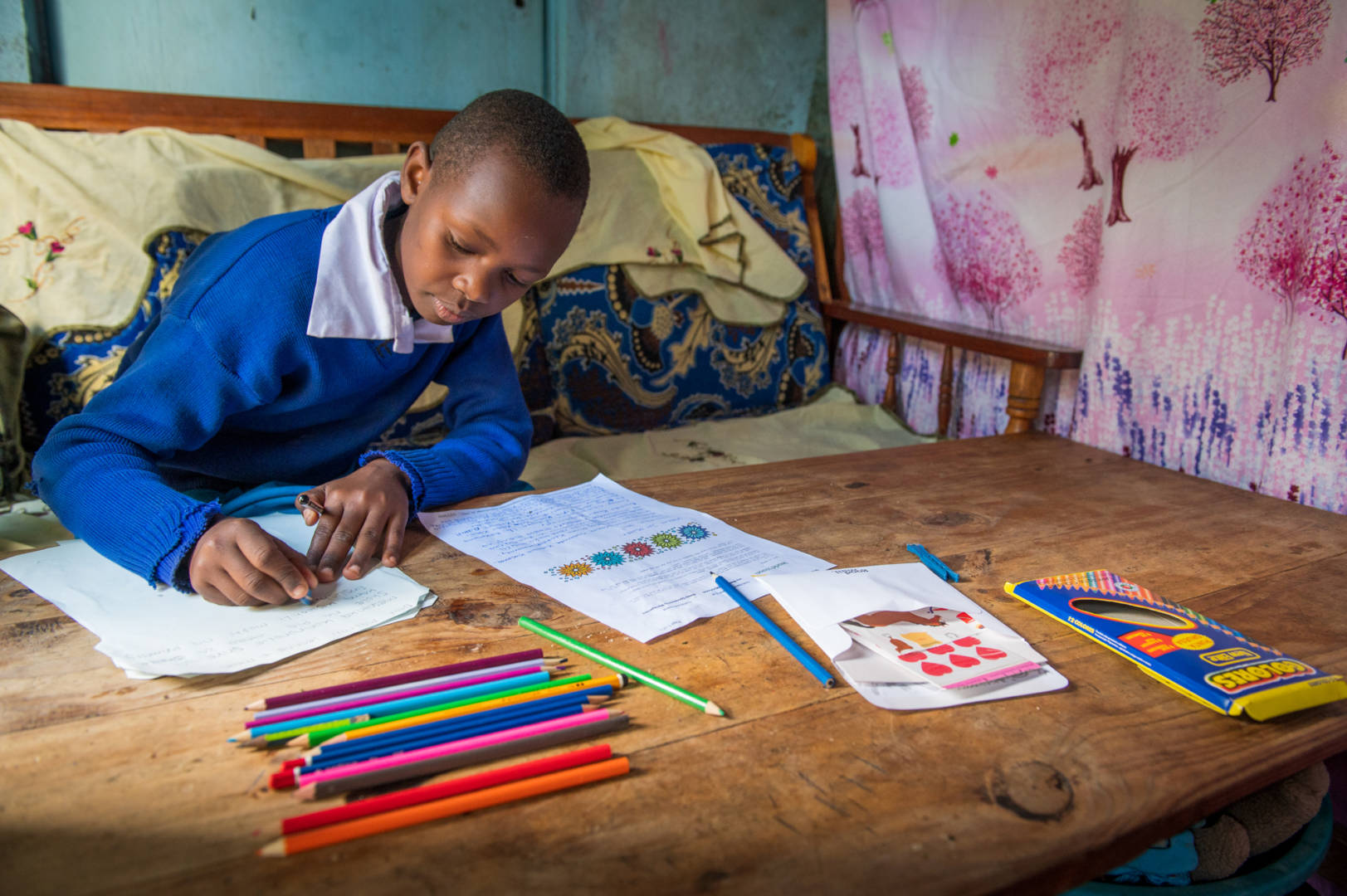
Then it’s the sponsored child’s turn to write a reply. They might answer questions their sponsor asked in the letter. Or they’ll talk about their life and what has been happening for them and their family. A lot of children draw designs and color them.
From there, the process goes in reverse. The community development facilitators pick up the letter, which goes back to the World Vision office, where staff translate it for the sponsor if the child’s response isn’t written in English.
![World Vision’s Margaret Matheka says, “It’s important for [children] to have someone who gives them hope, reminds them that they’re loved, and that they can have bright futures.”](https://wvusstatic.com/www/uploads/2020/07/D200-1137-025.jpg)
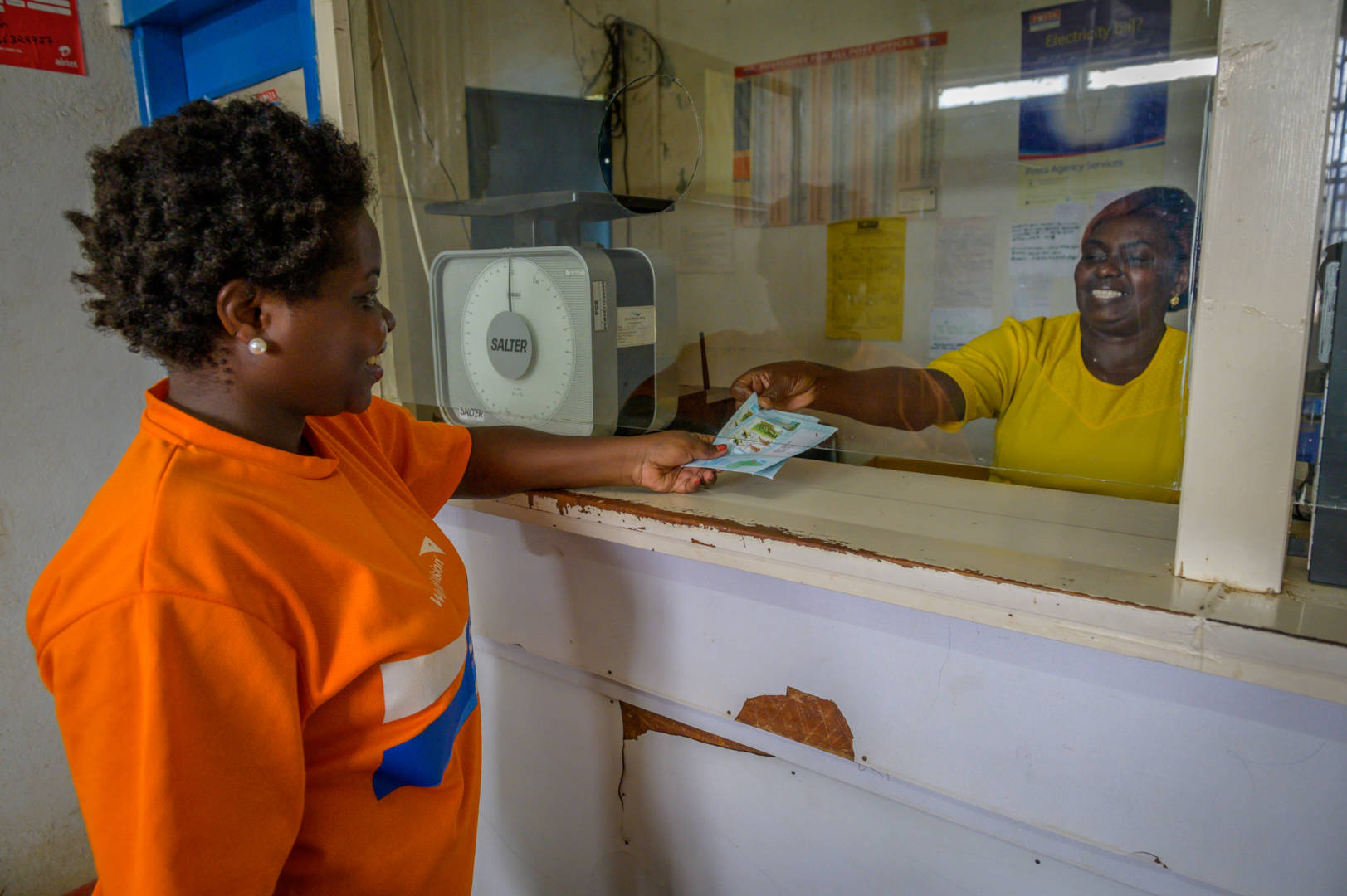
Finally, a staff member takes the letter to the post office in the nearby town, where it gets the airmail stamp. Then, it starts winging its way to the United States to a waiting sponsor.
COVID-19 update:
You may be asking if you can still send letters to your sponsored child, and the answer is yes! In such uncertain times, your sponsored child and their family could be facing fear, isolation, or uncertainty, and they could benefit from knowing you are thinking of and praying for them.
But before you mail a letter or send a package, we encourage you to check with your local post office for restrictions around accepting or delivering mail to your sponsored child’s country. You can also skip the post office by logging into MyWorldVision to email your sponsored child.
Once your email, mail, or package has been received in your sponsored child’s country, it may take longer to be delivered due to possible in-country restrictions related to the pandemic from national or local government or health officials. But rest assured, as soon as it’s safe, your message will be delivered.
